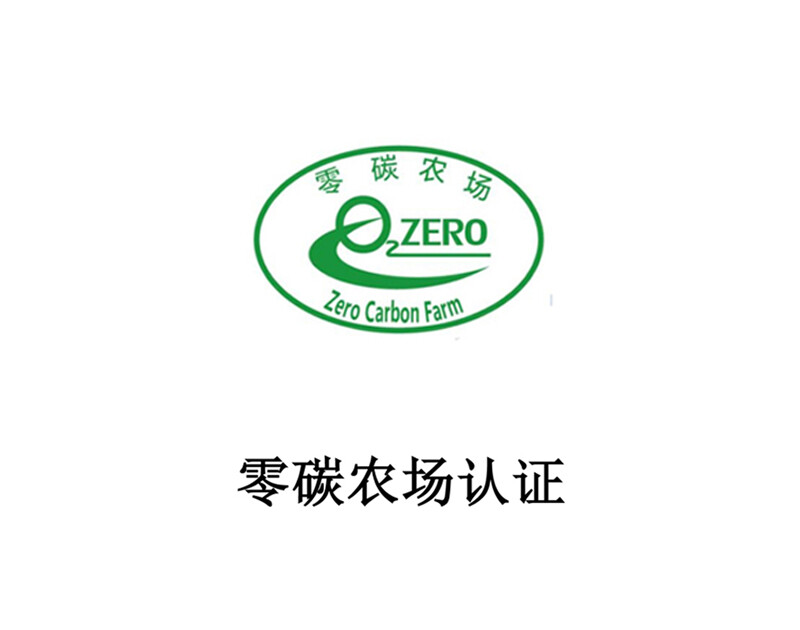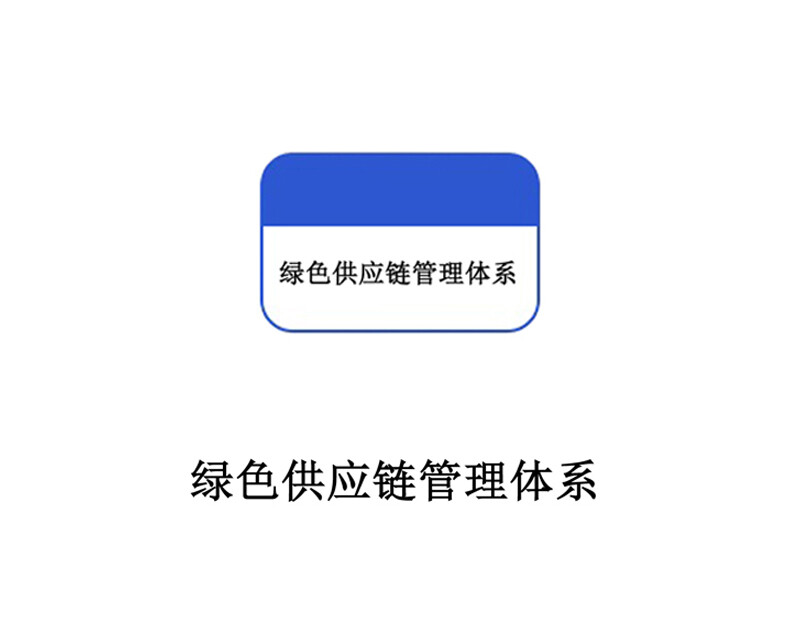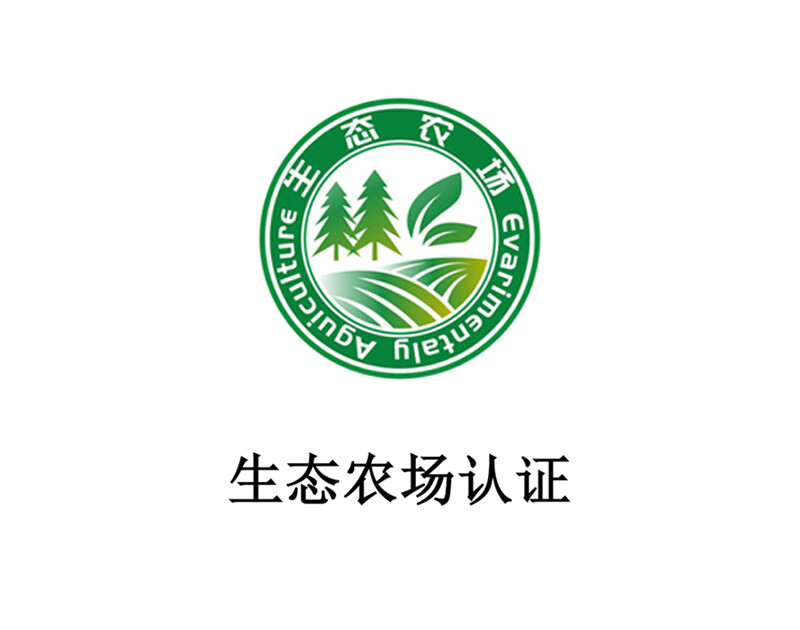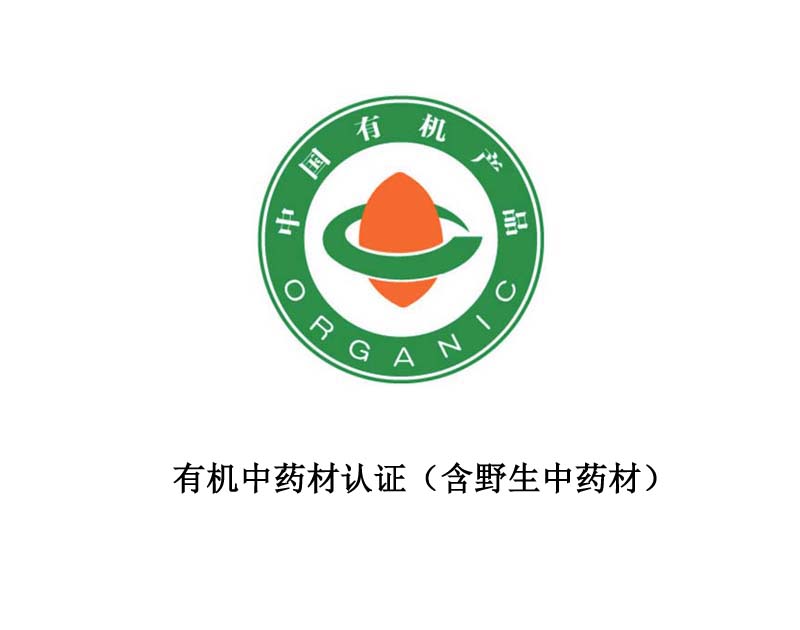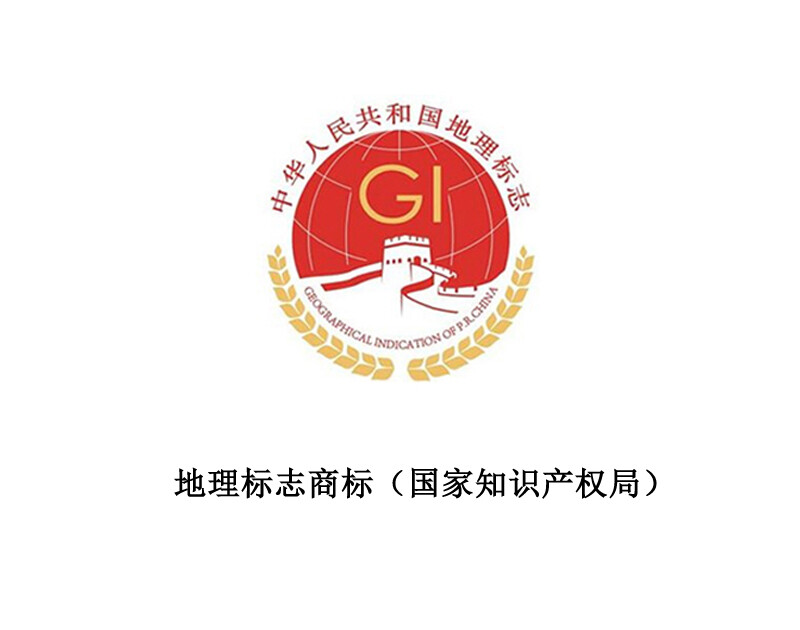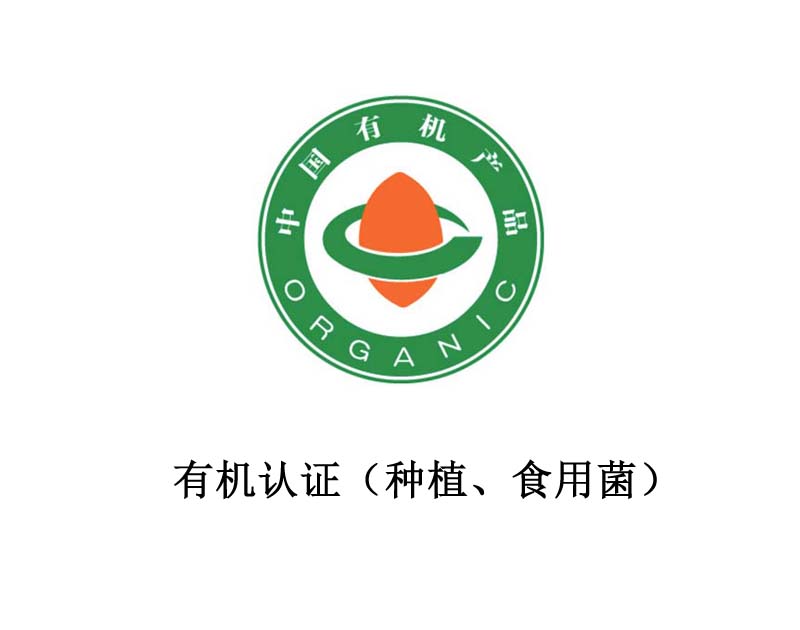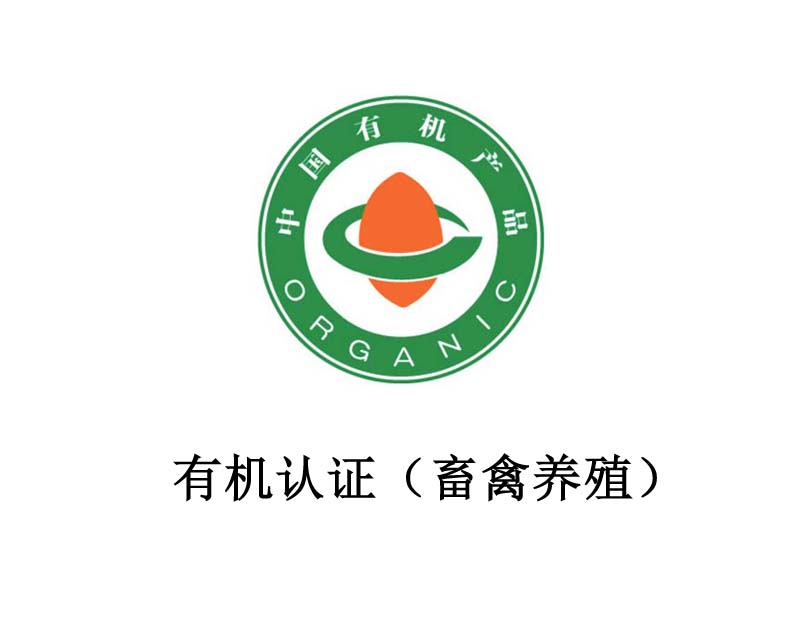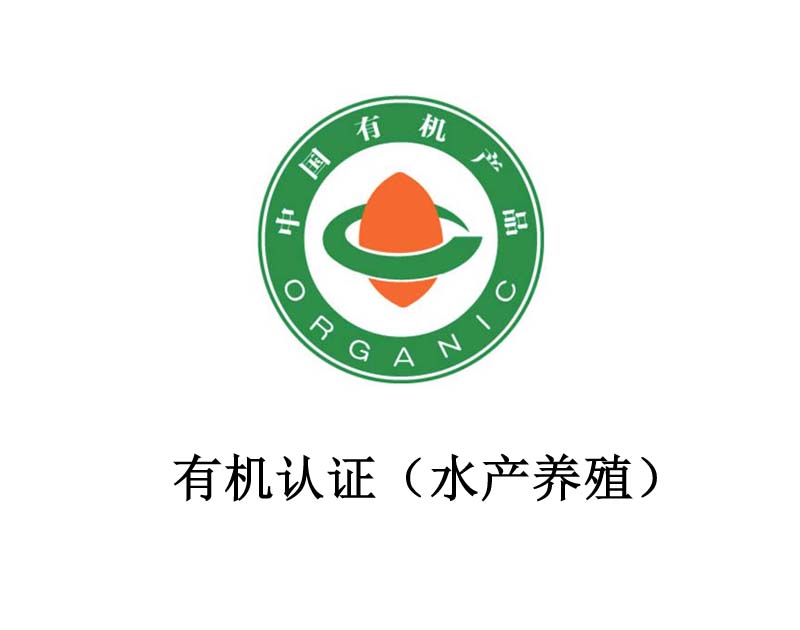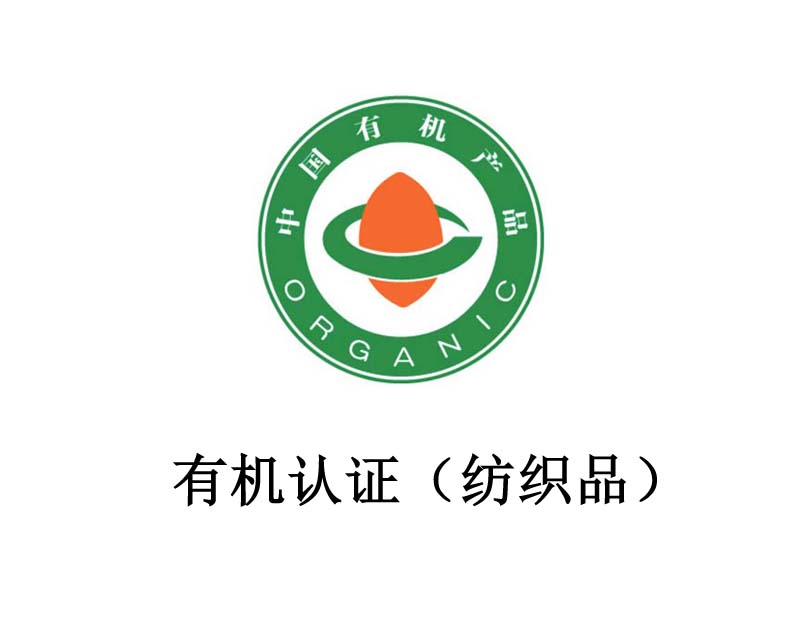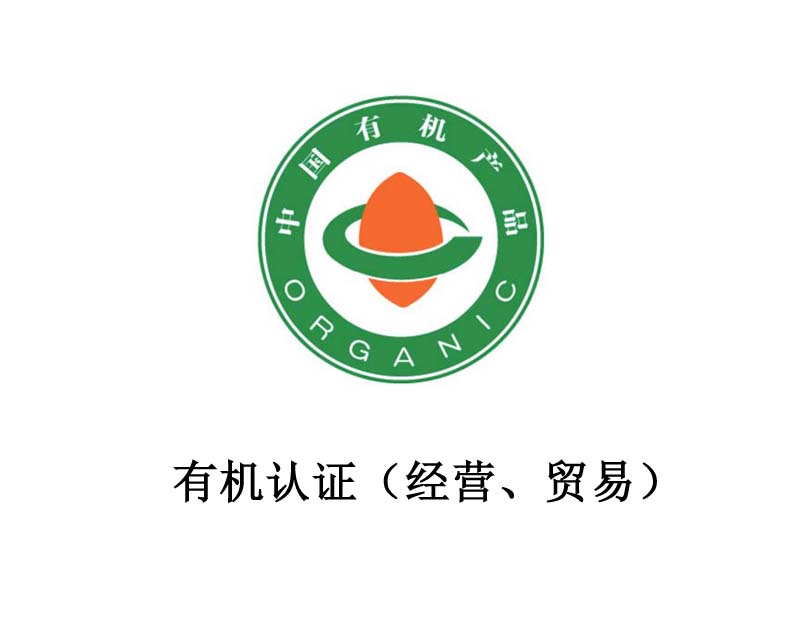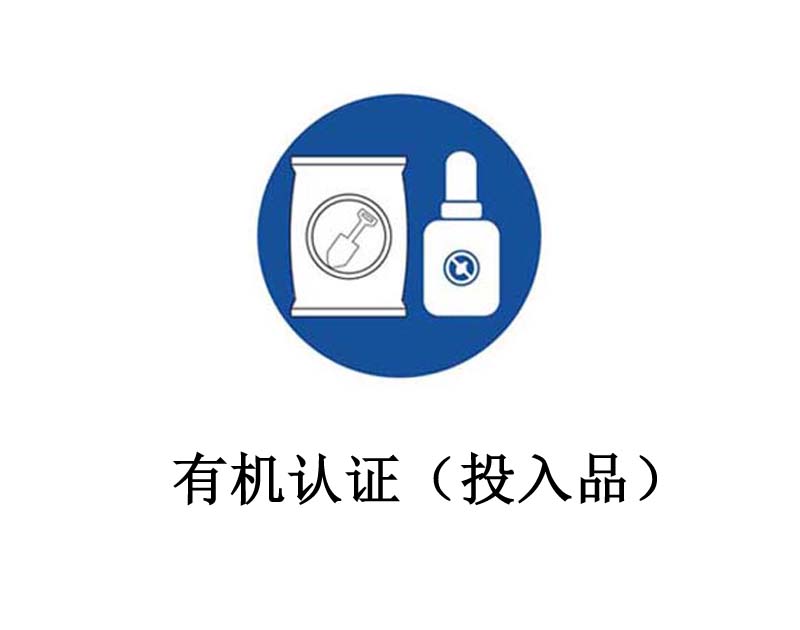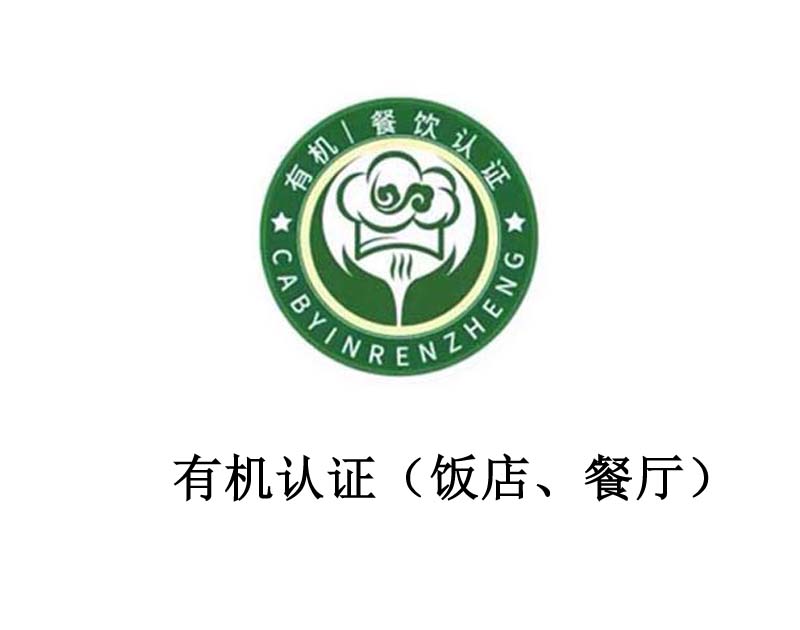Agricultural Product Food Certification Service Network
Technical Support: China Green Huaxing (Beijing) Agricultural Research Institute
Copyright: Guohuan Organic Agricultural Products (Dezhou) Co., Ltd
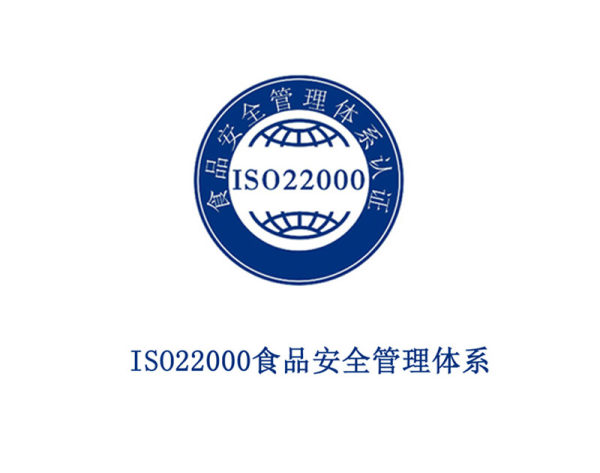
The food safety management system standard ISO 22000:2018 is a preventive system for controlling hazards based on prerequisite programs (PRPs) and HACCP plans. It is currently the most authoritative food safety quality management system standard in the world.
Development of Food Safety Management System (HACCP) Requirements
The HACCP system first appeared in the 1960s. The Pillsbury Company in the United States took the lead in applying the HACCP concept when it provided food for the US space program. In 1985, the National Academy of Sciences of the United States proposed that the HACCP system should be adopted by all law enforcement agencies and should be mandatory for food processors. In December 1995, the HACCP regulations were announced. The first two regulations to be implemented in the United States were the Aquatic Products Management Regulations and the Meat and Poultry Management Regulations implemented in January 1998. The scope of implementation includes American products and foreign imported products. Thus, the seven principles of the HACCP plan were gradually formed.
In China, HACCP certification and food safety management system certification have gradually become two independent certification systems. The National Certification and Accreditation Administration of China announced the "Hazard Analysis and Critical Control Points HACCP Management System Certification Management Regulations for Food Production Enterprises" to standardize the establishment, implementation and verification of relevant HACCP management systems, stipulate self-implementation, and make it a prerequisite for the review of food quality and safety marks. In 2009, the national standard GB/T27341 for HACCP certification was issued and implemented, and a complete HACCP certification system was gradually formed.
At the same time, in July 2002, the National Certification and Accreditation Administration, the Ministry of Science and Technology, the General Administration of Quality Supervision, Inspection and Quarantine, the Ministry of Health, and the Ministry of Agriculture launched research on key food safety technologies, and as a major national science and technology project in the 15th Five-Year Plan, it has now adopted the international standard ISO22000 "Food Safety Management System Requirements for Organizations in the Whole Food Chain" as a national standard, and in 2006, the National Standardization Administration approved the release of the national standard "Food Safety Management System Requirements for Organizations in the Whole Food Chain" GB/T22000-2006. In March 2010, the National Certification and Accreditation Administration issued and implemented the "Food Safety Management System Certification Implementation Rules", which detailed the requirements for food safety management system certification. In June 2018, the International Organization for Standardization (ISO) released the newly formulated ISO22000:2018 standard.
Special note: This standard also applies to other organizations indirectly involved in the food chain, including but not limited to suppliers of equipment, cleaning agents, packaging materials and other food contact materials.
Food safety management system certification basis: GB/T 22000 "Food safety management system requirements for various organizations in the food chain" / ISO 22000 Food safety management systems: Requirements for any organizations in the food chain
The validity period of the food safety management system certification certificate is 3 years. The certified organization shall accept the follow-up supervision and audit by the certification body during the validity period of the certificate. The longest time interval between supervision and audit shall not exceed 12 months. Seasonal products shall be supervised during the production season. If necessary, the supervision and audit shall verify the safety of the product. To ensure the continuous validity of the certification, the certified organization shall apply for re-certification three months before the expiration of the certificate.
The conditions that an enterprise must meet for ISO22000 certification (including but not limited to):
1. Must have production license (SC), business license and other qualification certificates;
2. Safety of water (ice) in contact with food or the surface of food contact objects;
3. Cleanliness of food contact surfaces (including equipment, gloves, and work clothes);
4. Prevent cross contamination;
5. Washing and disinfection of hands, maintenance and sanitation of toilet facilities;
6. Toxic chemicals should be clearly marked and placed in a dedicated area for storage and use;
7. Health and hygiene control of employees;
8. Prevention and control of diseases and pests.
9. Food pipes used in the workshop must be food grade (usually stainless steel pipes) and must not be dragged on the ground;
10. Explosion-proof lamps should be installed in the workshop;
11. Exhaust fans should be equipped with filters;
12. Work clothes in the disinfection room should be hung out for disinfection, and there should be a door to isolate the air;
13. Methods for waterproofing the workshop from condensation dripping: The height should be sufficient, exhaust fans should be installed to exhaust air frequently, wooden, bamboo and plaster ceilings should not be used, and refrigerated water pipes should not pass directly over food;
14. The filling workshop and the packaging workshop should be strictly separated, that is, the packaging room should be independent;
15. The hand washing and disinfection equipment should be equipped with a non-manual faucet and have hot and cold water supply (for non-manual faucets, as long as there is one in the hand washing and disinfection room, the rest is not required), and a hand drying device (such as a hand dryer, disposable towels or paper towels, etc.);
16. After disinfection, empty bottles should be promptly transferred to the bottling workshop for bottling to prevent re-contamination.
List of required application materials (including but not limited to):
1. Business license, production license and detail page;
2. Application form, questionnaire, and certification contract;
3. Product implementation standards, production process documents, plant layout diagram, equipment layout diagram, pest control layout diagram, and process flow chart.
4. Calibration certificate for measuring instruments, registration certificate for special equipment, and calibration certificate for special equipment.
5. Product testing report and water quality testing report (more than 36 items).
6. Personnel health certificate, special job training certificate (such as electrician, forklift operator, crane operator)
7. Procedure documents, hazard analysis and control plan, and management manual.
8. List of production and testing equipment.
9. List of laws and regulations.
Certification mode: document review + factory audit + post-certification supervision
